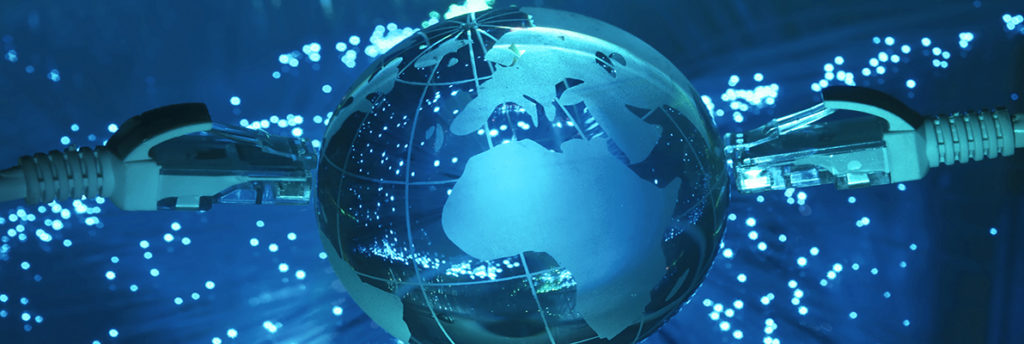
The term “data cap” has been showing up more and more often in the media lately, as the debate over net neutrality returns to the spotlight. Most people who have mobile phone plans of one kind or another have come across data caps in their experience, as it is a common way for mobile service providers to limit costs and keep high-volume/high-cost customers off their networks.
Alongside the data cap is the concept of metered data. Customers often have a vague idea of what this means, but they often aren’t entirely sure of the exact technical details. What does it mean if my Internet connection is being monitored, tracked or throttled? What exactly is being measured? How can I control my costs and avoid exceeding the limits?
As with most digital businesses, it all comes down to bytes.
What Does the Meter Count?
Information on a computer system or computer network is measured in bytes. A “byte” is a series of eight binary values called “bits,” which are either ones or zeroes. The sequence of bits determines the value of the byte. The best way to imagine a byte is to recognize each letter of the alphabet is one byte of information. So a document with a series of words that contain a total of 100 letters is 100 bytes of information when it is stored on a disk or transmitted over the web.
Complex information types, like audio, video, or sophisticated software, require many millions or billions of bytes to store. When a connection is “metered” by an Internet Service Provider, or ISP, it’s task is to count how many “bytes” are transmitted across the connection. If the document with 100 letters is transmitted, 100 bytes are added to the account. If a video containing one million bytes is transmitted, one million bytes, or one megabyte, are added.
Not Just What You Read
The terms “upload” and “download” are two of the most misunderstood words in the English language, but they are vitally important if you are worried about metered Internet. Simply put, if you send data to another computer, you are “uploading.” If you request and receive data from another computer, you are “downloading.”
Both types of data transmission are counted for purposes of your data cap, which means if you send an e-mail to someone with that one million byte video attached to it, your metered Internet will include the size of the e-mail in bytes plus the size of the video in bytes added to it.
If you receive a similar e-mail, your metered data will add the same amounts. Most plans will track every byte that is transmitted, whether it comes from your computer and is sent elsewhere or if you access a page or video from somewhere else and it is sent to your machine.
Streaming Too
Some might be tempted to believe that only directly accessed data is counted when it comes to data caps. That’s often not true. Data that is streamed to your machine, such as data that comes from popular video services or podcasts, is downloaded just like any other file. The only difference between streaming and a direct download is the streamed file can be played while it is being downloaded in the background.
Specialized software makes it possible to fetch the next small piece of a video or audio file just in time to display it on the screen. This is the principle behind browser-based video players popular on the web. From a metering standpoint, this data is no different than downloading the video file all at once. The number of bytes received will determine how that stream affects your data cap.
Very often a computer consulting expert like us at Magnify247.com will be able to show you how to save money on metered Internet and how you can optimize your PC and mobile devices to avoid paying data overage charges. Magnify247.com computer repair in Noblesville can also assist you with any of your computer support issues!






